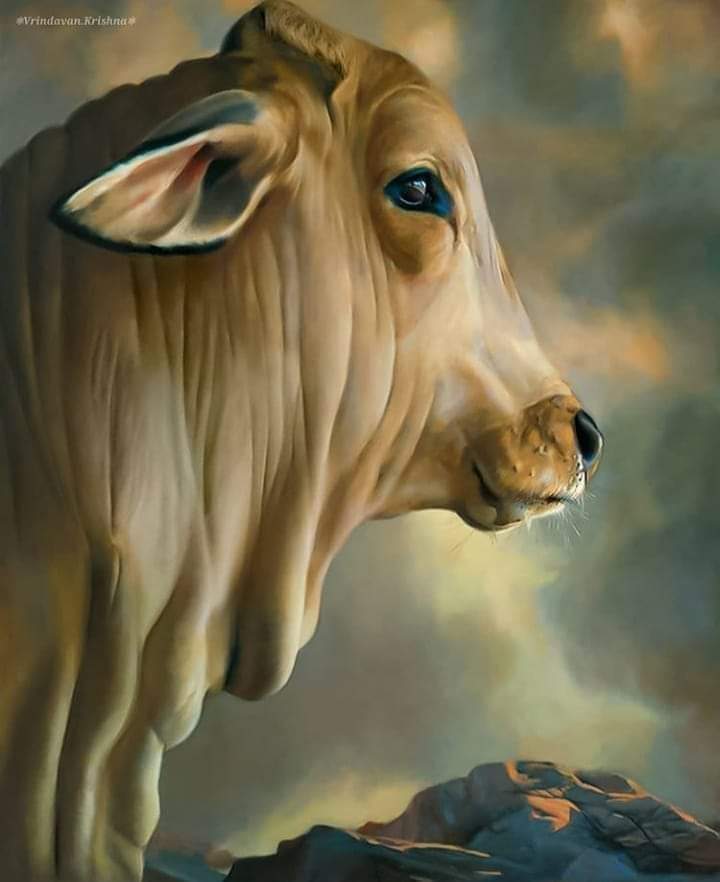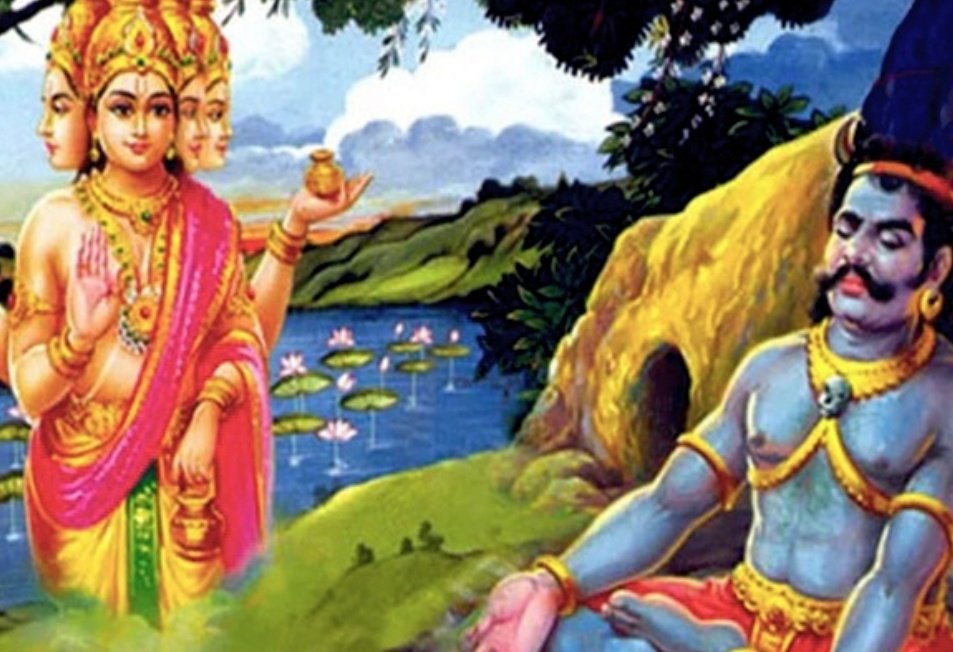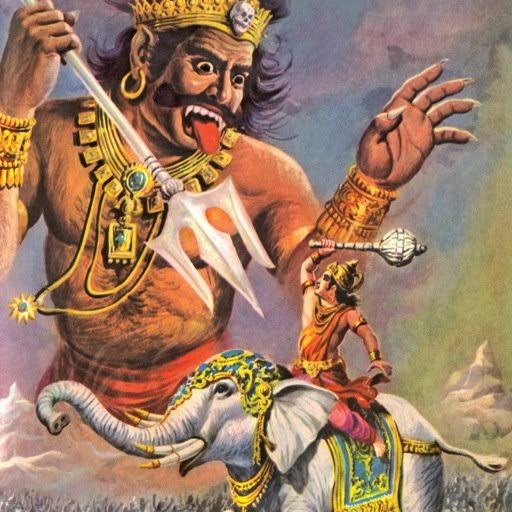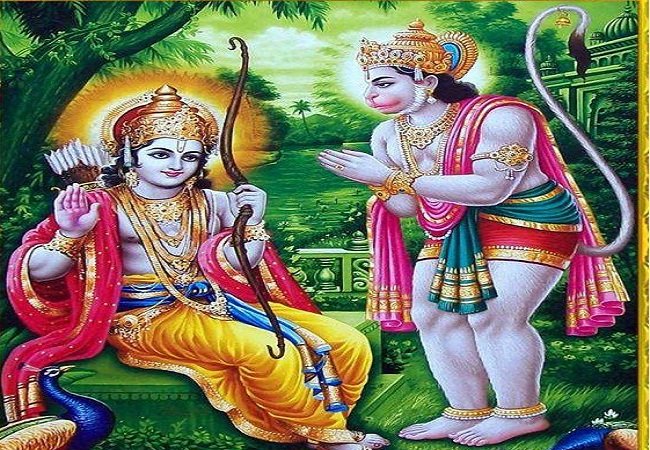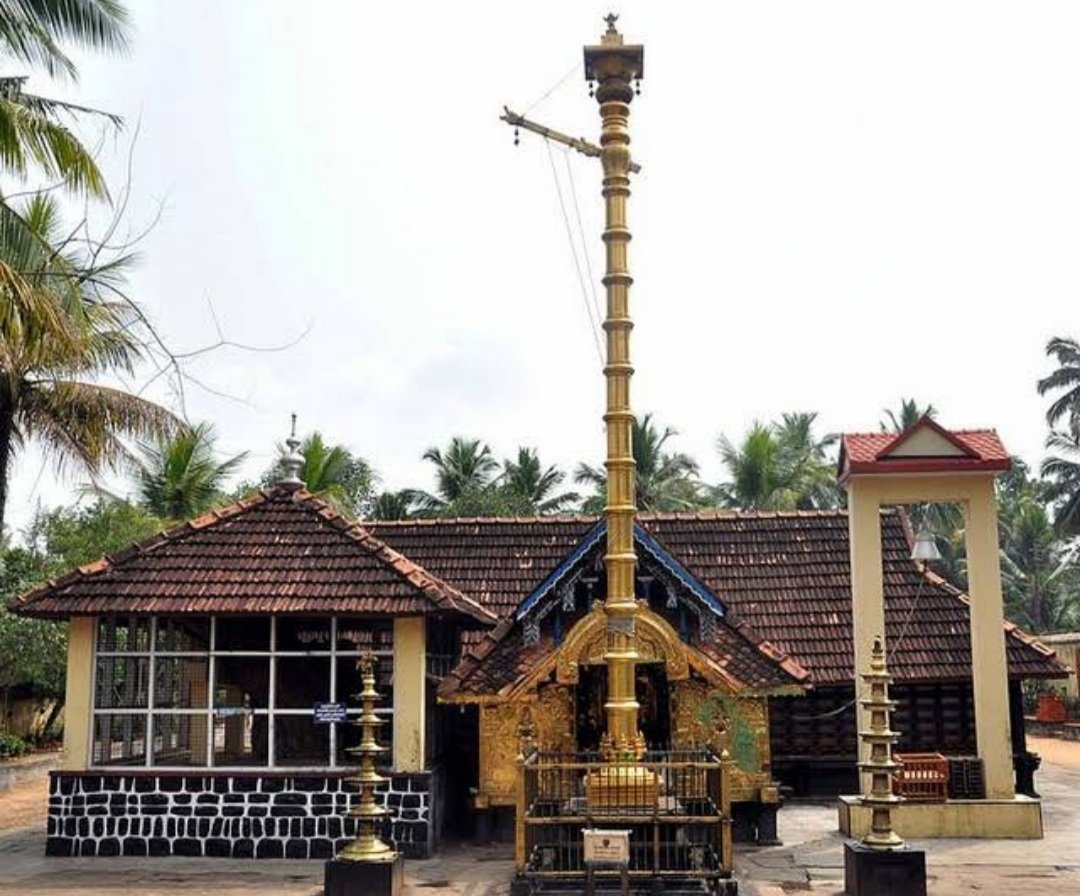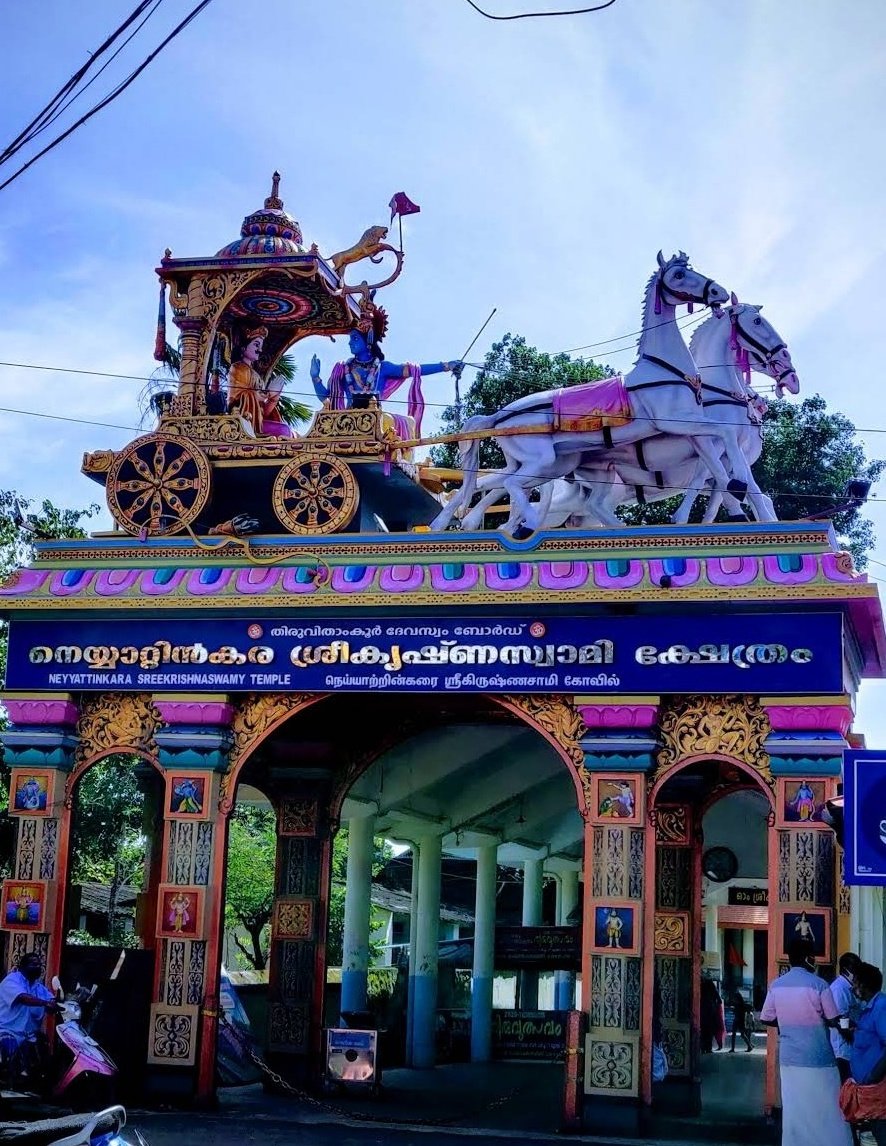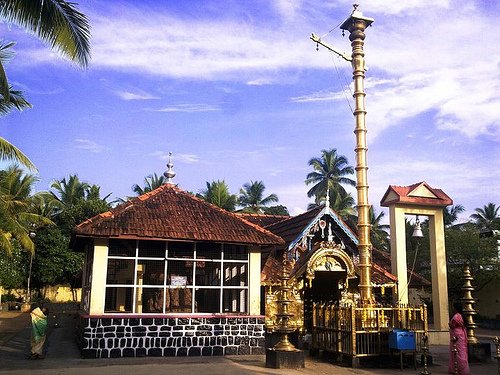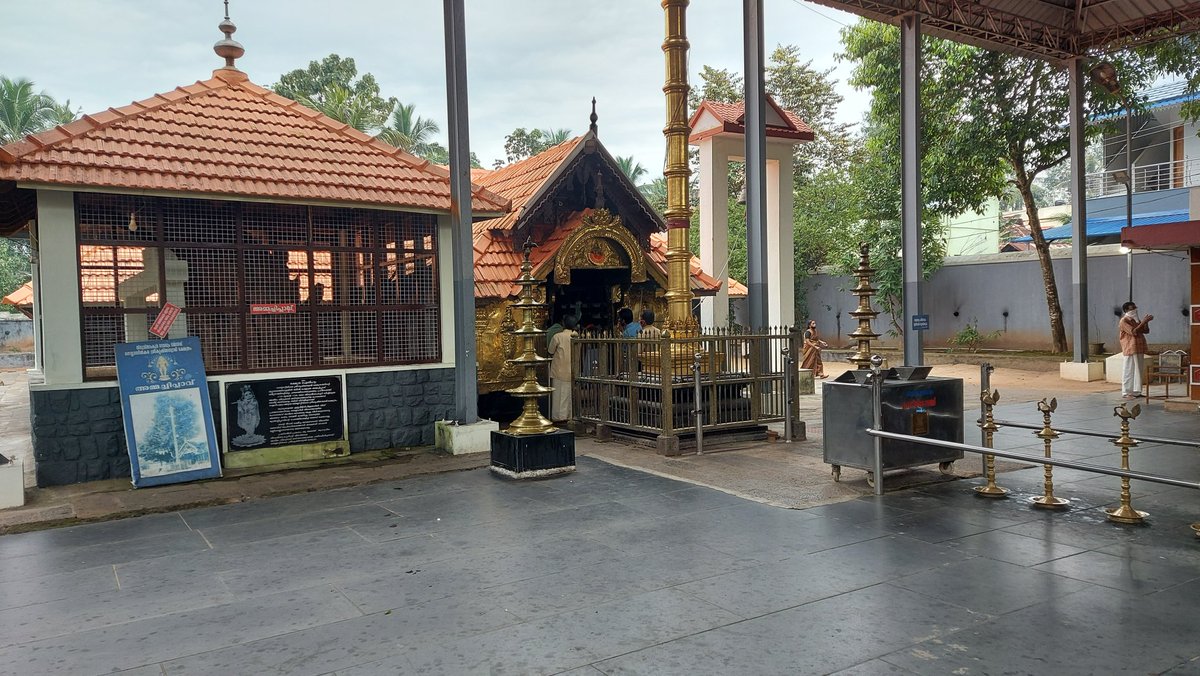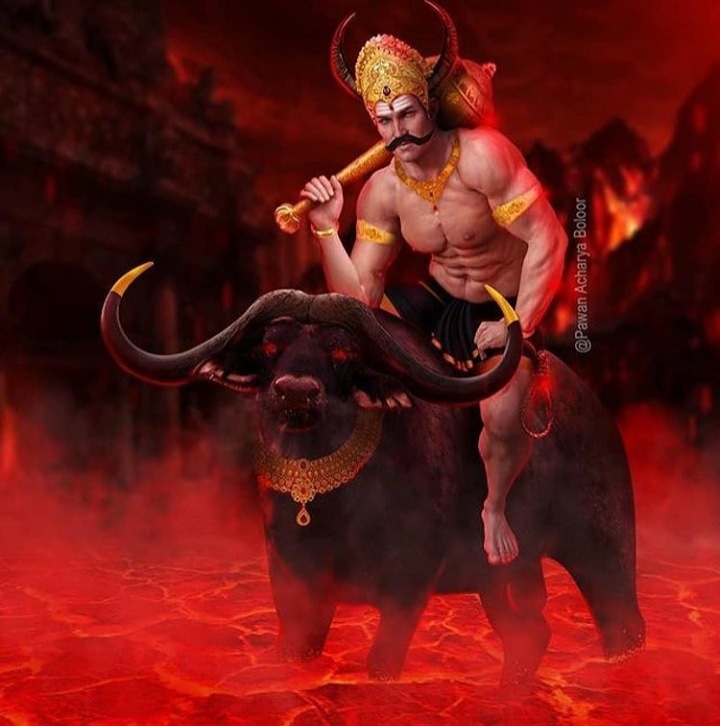his head would fall in northern India and his legs in the Andhra region. Most significantly, his heart would lie in Gaya.
The devtas were very scared of Gayasur as he would often trouble them. They were desperate to get rid of him and so they approached Lord Brahma.
But Brahma said He was helpless because Gayasur was among the greatest devotees of Lord Vishnu and nothing could be done to the demon.
The devtas then went to Lord Vishnu but He, too, was very reluctant to end the life of His most ardent devotee. The devtas suggested to Vishnu
that He could at least allow a ‘yagna’, invoking His name, to be performed on Gayasur’s heart, which lay in the Gaya region.
Lord Vishnu reluctantly agreed and approached Gayasur, who realised that the performance of the yagna – that too in Vishnu’s name – would lead to his
instant death. But he couldn't refuse the request because he was a passionate devotee of Vishnu.
Lord Vishnu, in turn, blessed Gayasur that his name would never ever be forgotten. Vishnu ordained that the place where a yagna was to be performed on Gayasur's heart – that is,
Gaya – would become the holiest of the holy places for Hindus, who would have to compulsorily perform ‘pind daan’ of their ancestors in Gaya and Gaya alone. (The practice continues till date.)
Now, the devtas started searching for priests who had to be great worshippers of Lord
Vishnu and, thus, could perform the yagna, but none were to be found. They approached Narada, who said that such priests could only be brought in from Shakya Dweepa of ancient Iran.
These priests were great worshippers of Surya (Sun God) and were also known as ‘Maga Brahmins’
(Reference ‘Vishnu Purana’ 2, 4, 6, 69, 71). In ancient Irna language, ‘Maga’ means ball of fire, or Surya. The Sun God is considered an incarnation of Vishnu. (The name ‘Magadh’ can also be traced to ‘Maga’.)
Seven such Sun-worshipping priests were, therefore, brought to the
Gaya region to perform the yagna on Gayasur’s heart. These priests, whose descendants live in Magadh even today, were also known as ‘Shakdeepi Brahmins’ (Reference ‘Mahabharata’, ‘Bheeshma Parva’ 12, 33/ ‘Bhavishya Purana’, ‘Brahma Parva’ 139, 142).
These seven Brahmins subsequently settled in Gaya and its adjoining areas. Edicts found in 1937-38 AD in Govindpur of Gaya district mention this.
Following in the footsteps of the Maga Brahmins, the inhabitants of Magadh also began the formal worship of Sun God.
Surya is a ‘Pratyaksh Devta’ (visibile deity) and ‘Surya Shashthi’ (Chhath) has high scientific significance too. In due course, this came to be known as ‘Chhath Mahaparva’.
The worship was rather simple and could be performed by common people. Although it required extreme
rigour, it did not need any intervention of purohits. With time, the significance of Sun worship (Chhath Mahaparva) grew and the festival became popular. The main reason was that observance of Chhath proved beneficial to the worshippers and their families.
The origin of Chhath,
therefore, has to be traced in the Magadh (Magah) region from where it spread to other places. The Shakdeepi Brahmins established Sun Temples at seven places in Magadh, including Deo, Ulaar, Aungari, Gaya and Pandarak. (Chhath of Deo is considered most auspicious.)
The Pandas of Gaya Dham – the sole ‘Pitri Teerth’ of Hindus – also call themselves ‘Agnihotri Brahmins’. Agnihotri is a direct reference to Surya.
During Chhath, ‘Usha’ and ‘Pratyusha’ are also worshipped along with Surya. Usha refers to dawn or the first light of the day.
Pratyusha refers to dusk or the last light of the day. Both Usha and Pratyusha – popularly known as ‘Chhathi Maiyya’ – are believed to be consorts of Surya. That is why during Chhath, the worshipper offers prayers to the setting as well as the rising Sun.
Lord Krishna’s son Samb and Raja Priyavrat are also said to have performed Chhath in the Magadh region and benefitted.
Credits : Ashish Sinha 😇













